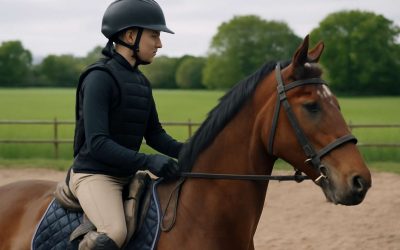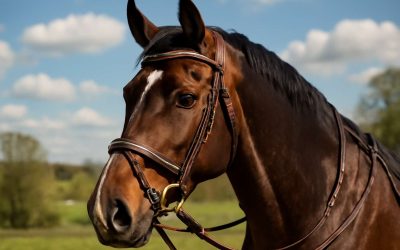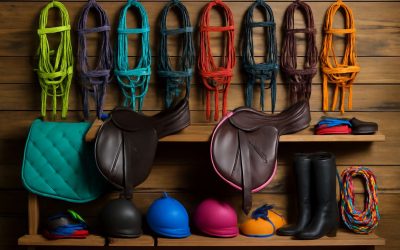If you’re new to horse riding, you may feel overwhelmed by the number of supplies and equipment available. The key to being safe and comfortable is having the right horse riding gear for both you and your mount. With some guidance from this article, you’ll be ready to hit the stables with all the essentials.
First and foremost, you need a helmet. Horses are large, powerful animals that can be unpredictable at times. Even the most docile of horses can become spooked, and this can cause a rider to fall off. A properly fitted, SEI-ASTM certified helmet will protect a rider’s head in the event of a fall.
You’ll also want to invest in a pair of protective riding gloves, which will keep your hands dry and supple while you work with and train your mount. These are necessary for safe handling of the animal, as well as protecting your hands from any spooky movements you might encounter during a ride.
Breeches are another essential item for horse riders. The fabric should be soft and stretchy to fit the body, with a silicone knee grip pattern that won’t leave marks or make any noise on your saddle. They should have a stylish design, and if you’re a beginner, look for breathable fabrics that are machine washable. You’ll want to avoid high-waisted breeches for safety reasons, and you should always test them out on the ground before wearing them in the saddle.
Stirrup irons, or stirrups, are the metal rings you place your feet in when riding a horse. These are fastened to a stirrup leather, which is attached to the tree of the saddle. They provide a stable base of support for your foot while riding, and they’re also used to help you dismount from the horse if you need to.
The bridle, or headstall, is the harness that goes around the horse’s head and includes the bit, which sits in the mouth to direct the horse. A martingale, chambon, de Gogue or draw reins are training devices that limit the movement of the bridle or add leverage to the rider’s hand in order to control the horse’s head.
Many equestrians will wear some sort of protective headwear while riding, depending on the discipline and their level of experience. A helmet and a face mask are the minimum, but some may choose to go further with a neck guard and a visor. Body protectors are also an option, as they act like shock absorbers and can be inflated with CO2 in the event of a fall, protecting the rider’s organs and stabilizing their core and back.



0 Comments